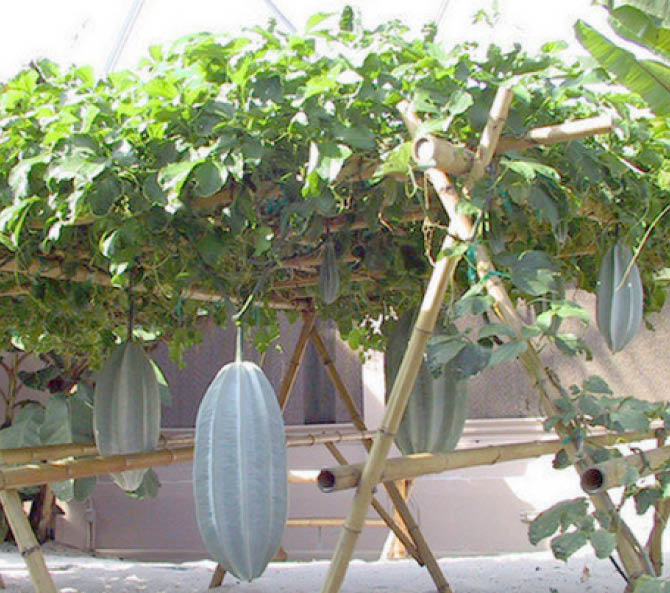AGRO SOLUTIONS – Pumpkin leaf (ugu)
Many households now embrace pumpkin leaf (ugu) cultivation. What is the best way to start it? Sarah Jimoh, Kaduna What you should know about cultivating pumpkin leaf (ugu) By Grace Adetutu The ugu plant is popularly cultivated for its leaves. It is native to Africa, mostly grown and consumed in West Africa. Ugu farming […]

Ugu garden
Many households now embrace pumpkin leaf (ugu) cultivation. What is the best way to start it?
Sarah Jimoh, Kaduna
What you should know about cultivating pumpkin leaf (ugu)
By Grace Adetutu
The ugu plant is popularly cultivated for its leaves. It is native to Africa, mostly grown and consumed in West Africa. Ugu farming in Nigeria is among the small scale agribusinesses which are becoming more popular.
There is no research institute or professional individual yet that has developed ugu seed hybrid. Most of the seeds used are extracts of the pods. Therefore, when sourcing for seed make sure the pod is free from disease and infection.
Some growers prefer to prepare clusters of nursery by raising ugu seedlings in peat moss or coco peat packed in PVC bags. Plant the seeds in a depth of 5cm, transplanting after germination at least after two weeks to guarantee good density.
Some prefer direct seedlings after land preparation, others fill the soil with rich organic materials in PVC sacks and flower pots. This method may not guarantee 100 per cent density.
Ugu production needs secured environment, open environment may attract animal infringement and begging. After land clearing, soil must be ploughed to create a good bed formation for proper roots penetration. During bed preparation, it is important to thoroughly mix the soil with compost manure, and if possible super phosphate fertiliser which helps roots development.
If it is in the backyard garden, properly till the soil to a suitable bed or if using sacks and flowers pots, use big sacs (50cm x 50cm) and fill with solid medium or soil rich in organic materials after sterilisation at least 50-75 inches because the quality of the foliage is directly proportional to the performance to the roots system.
Growers, who choose direct seeding, plant directly after extracting the seed from the pods and drying them for period of time. While growers that established their nursery can transplant by tearing the PVC bags to avoid root constrain.
Ugu is a runner. it doesn’t like competing with weeds and it likes soil around for proper aeration. Weeding should be done regularly. Ugu responds fast to fertilizer to develop its foliage particularly nitrogen. It likes potassium for strength and phosphorus for root development.
Apply NPK 20:10:10 two weeks after germination, alternative by mixing Urea 46:0:0 with NPK 15:15:15 at every 20days interval. Deficiency of fertilizer makes the leaves turn yellow.
Pesticides should be spread every week, because ugu is susceptible to insect and infestation. Cypermathrine and Tihan should alternate every week to avoid resistance. For cypermathrine, use 50mils to 16 liters knapsack and spray every week. For Tihan, use 26mils to 16 liters as time continues, it is important to change to avoids resistance.
Ugu is a crawling plant, looking for available twine to crawl on it. For good quality foliage, staking can be done with bamboo sticks, binding wire. Plant bamboo sticks, at least 1.5 meters tall. Tie by tensioning 3 layers of binding wire. Loosely tie the twine toward the bottom of the stem, and twine it round the ugu to terminate it at any point of binding wire. This is applicable for both gardens and commercial fields.
Ugu leaves mature between 3-4 weeks after germination for good harvest, it keeps maturing as far as harvesting is done on regular basis. Harvesting ugu is by matured stem cutting carefully using knife to avoid damaging the mode. Harvesting can be done for a period of six months or more with good management.
